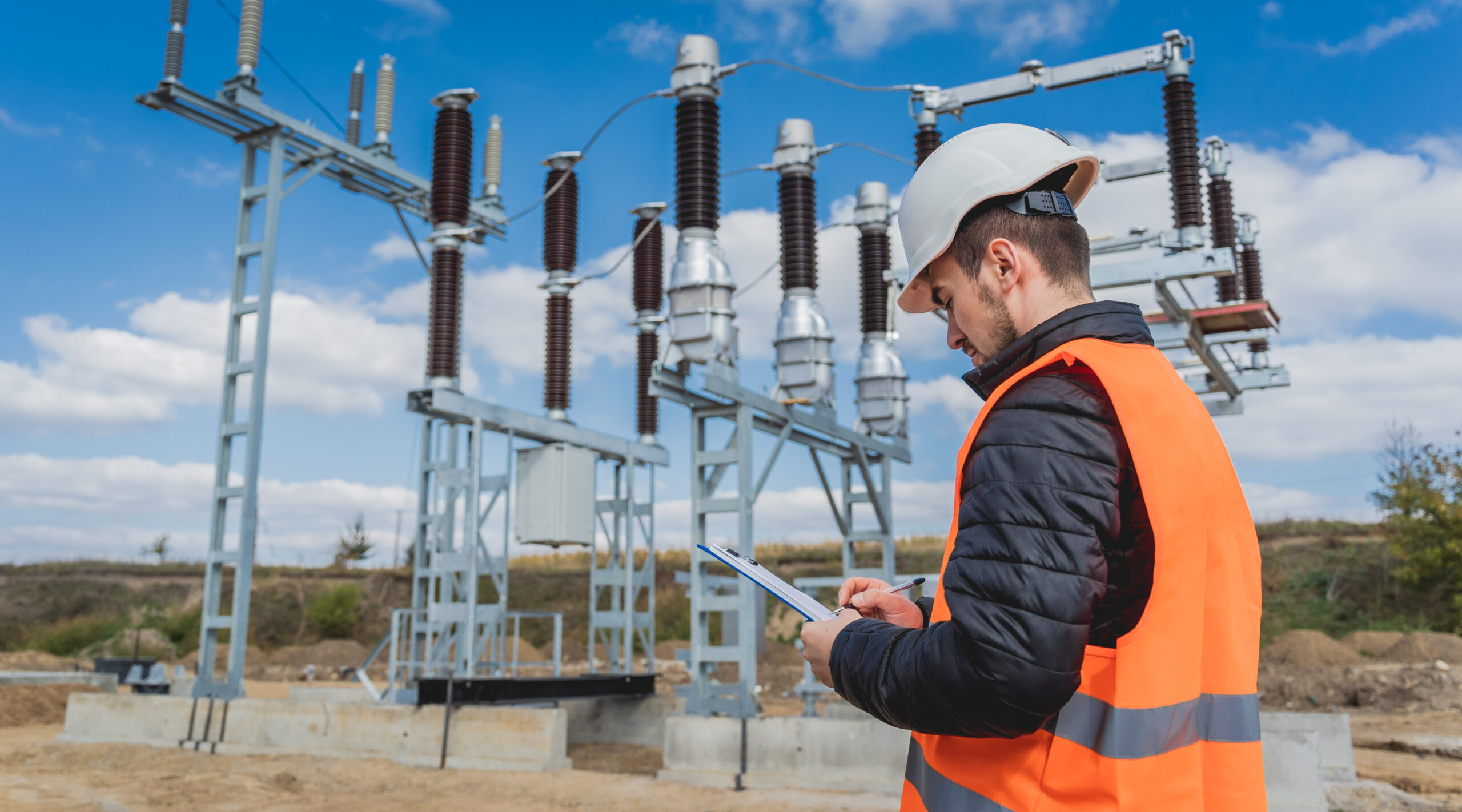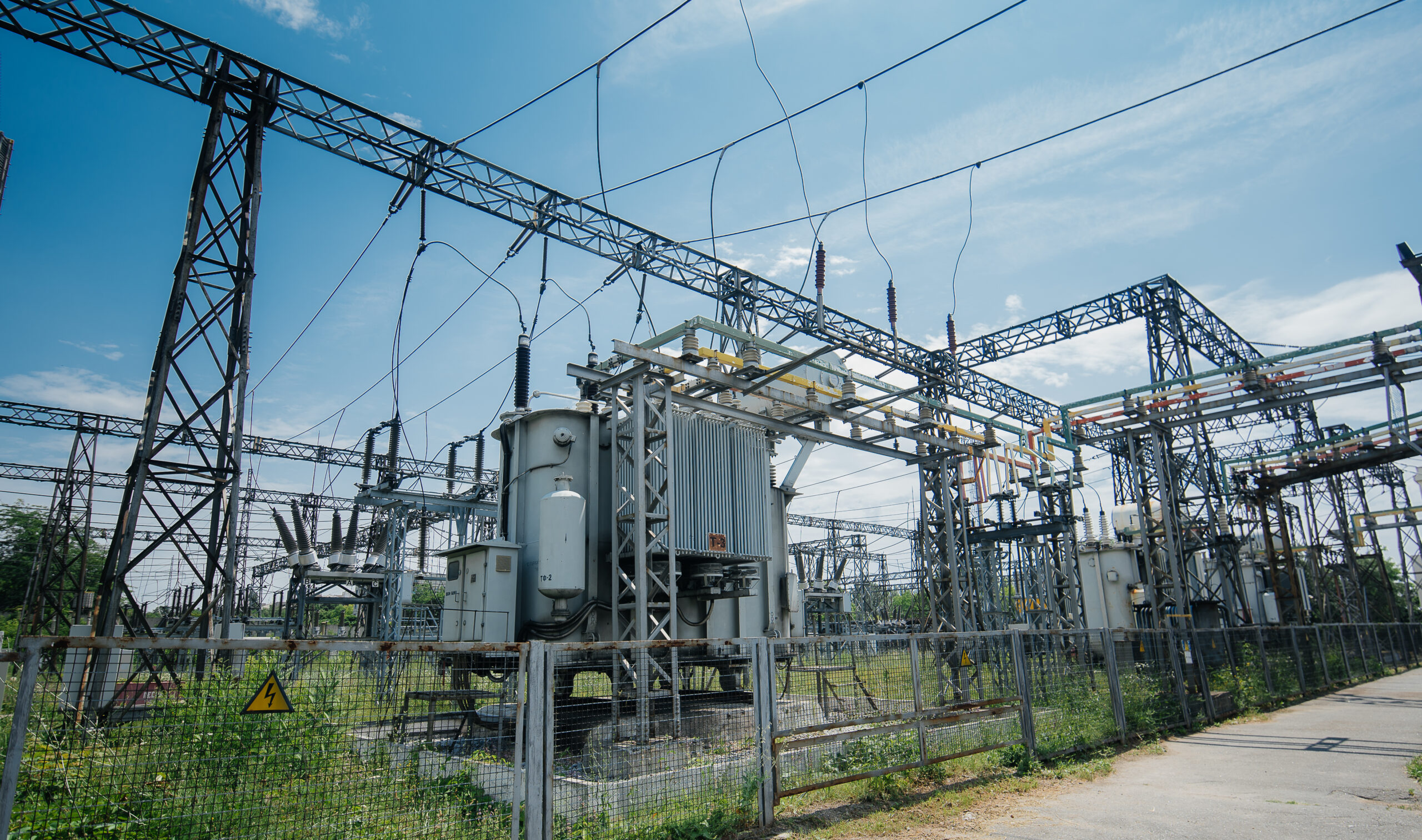Enhancing Rail System Performance: A Parametric Analysis
Currents & Connections
Introduction
In the complex domain of electrical systems, the power system studies play a major role. These studies guarantee the dependability, effectiveness, and safety of electrical infrastructure by acting as a compass through its complexity. Three essential steps are at the core of this investigative journey: validation, simulation, and measurement.
Power system studies are the backbone of a robust and resilient electrical grid. They provide essential insights into the behaviour, performance, and vulnerabilities of the system, helping engineers and operators make informed decisions. From optimizing energy flow to safeguarding against potential disruptions, these studies form the foundation for a reliable and sustainable power infrastructure.
The three components that make up the dynamic process by which we analyse the complexities of power systems are measurement, simulation, and validation.
Measurement
The first step involves gathering accurate and real-world data from the existing power infrastructure. Precise measurements are the building blocks, offering a gist of the system’s current state, from voltage levels to current flows. This observed data becomes the canvas upon which the entire study unfolds.
Simulation
With measurements in hand, the journey moves to the simulation. Cutting-edge software and advanced algorithms are employed to create virtual models of the power system. This step allows engineers to explore “what-if” scenarios, predict system behaviour under various conditions, and fine-tune the parameters for optimal performance.
Validation
The final step is validation, a critical checkpoint where simulated models are rigorously tested against real-world scenarios. This ensures that the virtual representation aligns with the actual behaviour of the power system. Validation bridges the gap between theory and reality, validating the accuracy of the simulations and enhancing the overall reliability of the study.
These three procedures work together to create an integrated and continuous process that improves our understanding of power systems and gives us the ability to make decisions that have an impact on the entire electrical grid.

Measurement in Power System Studies
Importance of Accurate Data
Accurate data serves as the core of power system study. The reliability and effectiveness of subsequent analyses depends upon the precision of the measurements taken. From voltage levels to current flows, the complexities of electrical parameters demand meticulous attention to detail. It forms the foundation upon which engineers and operators make informed decisions to enhance the overall performance and safety of the power system.
Types of Measurements in Power Systems
Voltage Measurements
Monitoring voltage levels at various points in the power system is crucial for understanding the stability and performance of the network.
Current Measurements
Tracking current flows through different components provides insights into the load distribution and helps identify potential issues such as overloads.
Frequency Measurements
Maintaining a stable frequency is vital for the proper functioning of power systems. Measuring frequency variations enables timely corrective actions.
Power Quality Measurements
Parameters like harmonic distortions, power factor, and voltage sags are measured to ensure the quality of power delivered to consumers.
Temperature Measurements
Monitoring the temperature of key components, such as transformers and conductors, helps prevent overheating and enhances overall system reliability.
Simulation in Power System Studies
Role of Simulation in Understanding Complex Power Systems
Simulation plays a pivotal role in resolving the complexities of modern power systems. It provides a virtual environment where engineers can model, analyze, and assess the behaviour of the electrical network under various conditions. From load variations to unexpected faults, simulation serves as a valuable tool for predicting system responses and optimizing performance.
Types of Simulations
Load Flow Simulation
This type of simulation analyses the steady-state operation of the power system, determining voltage levels, active and reactive power flows, and identifying potential issues related to overloads or voltage violations.
Short Circuit Simulation
Focused on assessing the system’s response to short circuits, this simulation helps engineers understand the impact of faults and evaluate the effectiveness of protective devices.
Transient Stability Simulation
Examining the system’s ability to maintain stability during transient events, such as sudden load changes or faults, transient stability simulations are crucial for preventing cascading failures.
Harmonic Analysis
Simulating harmonic distortions in the system helps ensure the quality of power by assessing the impact of non-linear loads and identifying potential quality issues.
Validation in Power System Studies
Importance of Validation
Validation in power system studies refers to the process of confirming the accuracy and reliability of simulation results by comparing them with real-world data or established benchmarks. It is a critical step to ensure that the simulated models and scenarios align with the actual behaviour of the power system.
Methods and Techniques for Validating Power System Studies
Field Measurements
Direct comparison with field measurements is a fundamental method for validation. Actual data obtained from sensors and monitoring devices in the power system are compared with simulation results to verify the accuracy of the model.
Device Testing
Validation can involve testing individual devices, such as relays and circuit breakers, to ensure they operate as expected under simulated conditions. This method helps validate the response of protective devices in the power system.
Historical Performance Comparison
Analysing historical data of the power system’s performance during past events allows for retrospective validation. Comparing simulation results with actual outcomes helps validate the predictive capabilities of the simulation model.
Scenario Testing
Validation involves subjecting the power system model to a range of scenarios, including normal and abnormal operating conditions. The model’s response is compared with expected outcomes to validate its accuracy and effectiveness in diverse situations.
Voltage Profile Validation
Simulation results related to voltage profiles are validated by comparing them with actual measurements at different points in the power system. This ensures that the simulated voltage levels align with the real-world conditions.
Fault Analysis Validation
Validation of fault analysis involves comparing simulated fault responses with records of actual faults in the power system. This process ensures that protective devices and relay settings are accurately represented in the simulation.
Load Shedding Validation
Simulated load shedding scenarios are validated by comparing the response of the power system during load shedding events with historical records. This process helps verify the effectiveness of load shedding strategies.

Integration of Measurement, Simulation, and Validation
The integration of measurement data into power system simulations is an initial step in ensuring the accuracy and relevance of the simulation model. Measurement data, obtained from sensors, monitoring devices, and field measurements, serves as the real-world input that validates and refines the simulation. The process involves:
Data Collection
Accurate and comprehensive measurement data, including voltage levels, current flows, and device statuses, is collected from various points within the power system. This data provides an interpretation of the system’s actual operating conditions.
Data Input into Simulation Software
The collected measurement data is then input into simulation software. This data serves as the basis for creating a virtual representation of the power system, including its components, devices, and operational parameters.
Calibration of Simulation Models
The simulation models are adjusted based on the measurement data to ensure alignment with the real-world conditions. This calibration process fine-tunes the simulation parameters, improving the accuracy of the virtual representation.
Validation of Simulation Output
The simulation output is compared with the actual measurement data. Discrepancies between the simulated and measured values highlight areas that require further refinement.
Benefits of Comprehensive Power System Studies
Improved System Reliability and Efficiency
Comprehensive power system studies play a pivotal role in enhancing the reliability and efficiency of electrical grids. By thoroughly analysing the system’s components, configurations, and operational parameters, these studies contribute to:
Fault Identification and Prevention
Identifying potential faults and vulnerabilities in the power system allows for proactive measures to prevent disruptions. This results in improved reliability and reduced downtime.
Optimized Operation
Power system studies help optimize the operation of the grid by determining the most efficient configuration, load distribution, and energy flow. This leads to better resource utilization and reduced energy losses.
Dynamic Load Management
Understanding the load dynamics enables operators to manage loads effectively, preventing overloads and ensuring that the system operates within its designed capacity.
Resilience Against Variabilities
Comprehensive studies enable the identification of potential challenges such as voltage fluctuations, frequency variations, and transient events. Mitigating these variabilities enhances the resilience of the power system.

Enhancing Power System Studies with Manav Energy Expertise
In the dynamic environment of power systems, the importance of comprehensive studies cannot be neglected. Manav stands at the forefront of this critical domain, employing technologies like ETAP, EMTP, CDEGS, and PSCAD. Our experts delve into steady-state and transient conditions, conducting meticulous analysis and investigations. With a commitment to achieving a safe, efficient, and reliable power system. Embrace the future of power infrastructure with the expertise that goes beyond the ordinary, ensuring optimal performance under both normal and faulty conditions.
To know more visit: https://www.manavenergy.com/power-systems/
To connect with our Power System Experts, visit: https://www.manavenergy.com/contact-us/

